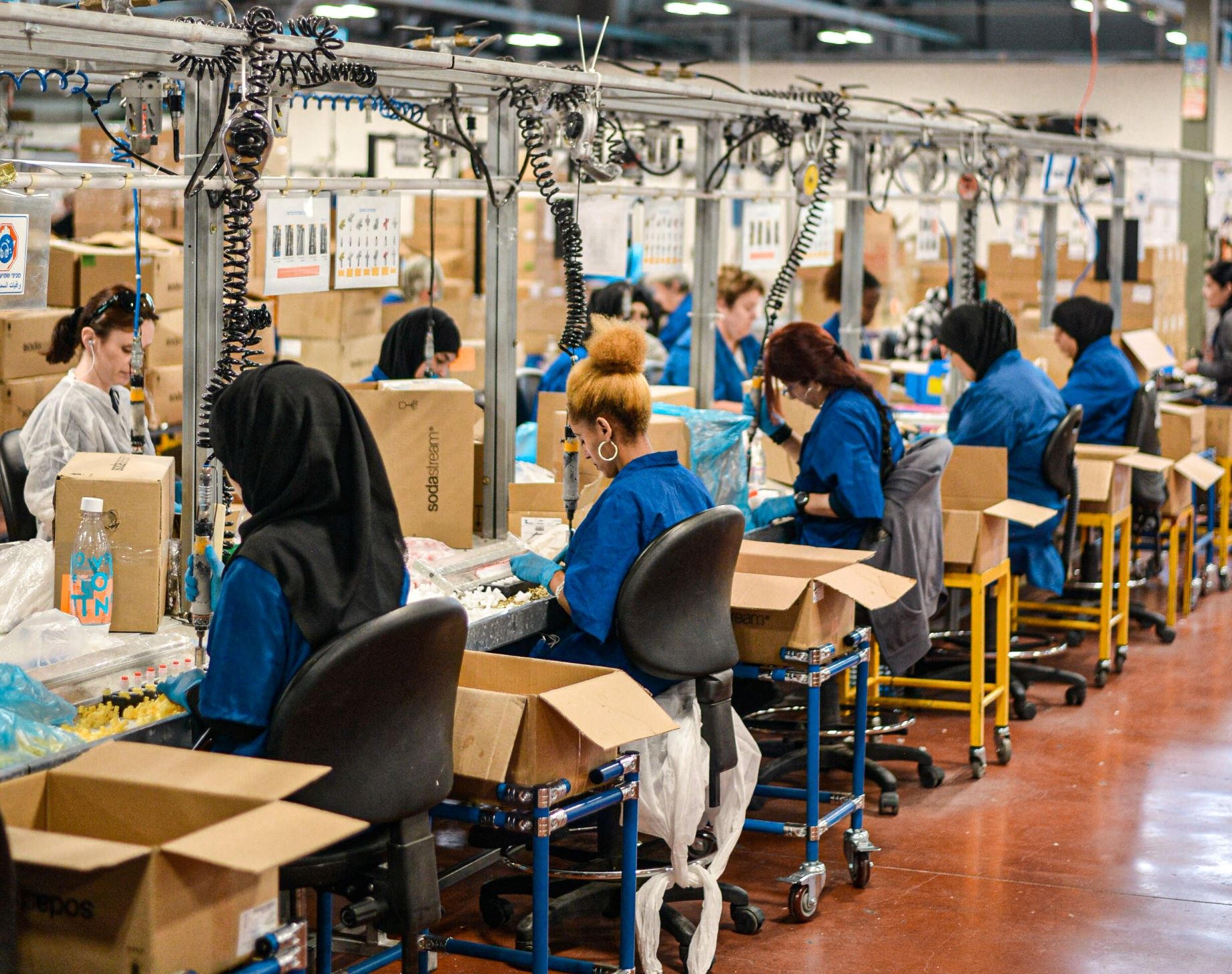
 The three main party manifestos contain pledges for ‘free childcare’, yet what is missing is a policy of ensuring that families receive equal access to the same high standard of regulated childcare, argue Antonia Simon and Helen Penn.
The three main party manifestos contain pledges for ‘free childcare’, yet what is missing is a policy of ensuring that families receive equal access to the same high standard of regulated childcare, argue Antonia Simon and Helen Penn.
The government has said it plans to spend £3.6 billion next year supporting ‘free’ childcare and education for three and four year olds and some two year olds in England. However, although this childcare is nominally free, parents are often required to make substantial contributions to the cost. The World Economic Forum suggests UK parents spend the most on childcare, up to half of household income. Where does this money go and what is it spent on?
Most childcare is provided by the private sector, ranging from small private operators to multi-million pound international businesses. According to the Wilfred Martin’s Institute, the for-profit childcare market in the UK is worth an estimated £5.5 billion pounds and evidence suggests the for-profit sector is growing and consolidating.
The government has been actively promoting the childcare market – described as a ‘hot market’ – as an investment. At the top end, there are multiple acquisitions and takeovers, with large companies expanding through purchases, take-overs and refinancing of smaller chains. The largest three chains, who between them provide over 60,000 places, are owned by foreign investors, with financial head offices located in Singapore, France, and the USA. Further changes in the sector seem likely, most notably increased penetration by large chains, and increased foreign investment.
At the opposite end, many small providers, dependent on government subsidies, are rapidly going out of business. Recent analysis by the National Day Nurseries Association shows that nursery closures have increased since the 30 hours free childcare policy was introduced, especially in the most deprived areas of the country, because the hourly rate is not sufficient to cover costs without additional parent subsidies. CEEDA found that the gap between average costs and the average hourly funding rate is now 20% in the London region. Many parents cannot or will not pay additional subsidies. For example, a recent Nursery World poll found that 75% of childcare providers are experiencing reluctance from parents to pay a voluntary charge. However, we need to know more about access, and to fully understand how the distribution and type of existing childcare provision relates to deprivation.
We have found in our study that information about these private nurseries is remarkably difficult to come by, for parents, the public and the government. The main sources of information about childcare are from Ofsted and various government surveys. These have not taken nursery ownership into account. There is little evidence of transparency and accountability for the huge amount of money the private sector receives. Additionally, a report by the Low Pay Commission, suggests that those in childcare workers are some of the lowest paid, with many receiving less than the minimum wage. The bulk of staff are now unqualified young women employed on apprenticeship schemes, and the recruitment and retention of staff is a major issue for the sector.
Twenty years ago, the private for-profit sector was negligible. Its growth and transformation to its current position is remarkable. Corporate childcare, or nursery chains, now provide 53% of all places, yet it is a volatile sector, typified by mergers and acquisitions, with the larger companies buying up individual nurseries and smaller chains. The trade magazine, Nursery Chains ranks the top 25 childcare companies with the most number of settings and places. In 1998, the list included 70 companies; by 2018, this had increased to 179. The combined number of places on offer in 1998 was 33,506; by 2018, the top 25 companies were offering 110,271 places, and the largest company alone, Busy Bees, was offering 31,514 places. Given the extensive changes that have taken place in the provision of childcare, we would hope for a more considered approach in the election manifestos.
All three main political party election manifestos contain pledges for ‘free childcare’ and all plan to extend the current offer. For example, the Conservative Party has pledged an extra ten weeks’ of free provision. The Labour Party made commitments in 2018 to expand the free childcare offer. Labour also recently announced key plans for ‘investing an extra 4.5 billion pounds into the system’ to not only expand the 30 hours of ‘free’ early years education to all 2-4 year-olds, but also a reintroduction of Sure Start Centres. The Liberal Democrats are promising that children from the age of nine to 24 months in working families would be eligible for 35 hours of free childcare a week, over 48 weeks a year. This would represent an expansion of the current free childcare offer which currently only provides working parents with access to up to 30 hours free childcare for 3- and 4-year-olds.
Most of the debates so far have focused on how to pay for childcare or how to increase access, whilst the delivery of childcare through the private sector is not addressed. What is missing from these pledges is a policy of ensuring families receive equal access to the same high standard of regulated childcare. Our study suggests that the delivery of childcare needs to be reviewed more critically. We need to ask questions about fair distribution, and to make sure that all children, whatever their location, or their vulnerabilities, have equal access to places. We need to take into account the volatility of the sector, and its poor staffing record.
As well as issues of sustainability, value for money, and transparency, the childcare market raises questions of governance, of the rights of the childcare workforce, particularly in respect of takeovers and closures and of development, flexibility and responsiveness to any new government initiatives within the sector. We argue that we need more scrutiny of this sector, its finances, its locations and distribution, and of the range of regulatory issues which govern it. Unless that happens, the childcare sector is at serious risk of the Carillion type profiteering, and the fragmentation, weak monitoring, and unaccountability, will undoubtedly continue, however much money the political parties wish to invest.
____________
 Antonia Simon is programme lead for the MSc Systematic Reviews for Social Policy and Practice at UCL. She is currently leading a research project which aims to analyse the impact and reach of private sector childcare in England (funded by the Nuffield Foundation).
Antonia Simon is programme lead for the MSc Systematic Reviews for Social Policy and Practice at UCL. She is currently leading a research project which aims to analyse the impact and reach of private sector childcare in England (funded by the Nuffield Foundation).
 Helen Penn Professor Emeritus, University of East London and visiting Professor at the Thomas Coram Research Unit, UCL Institute of Education.
Helen Penn Professor Emeritus, University of East London and visiting Professor at the Thomas Coram Research Unit, UCL Institute of Education.
All articles posted on this blog give the views of the author(s), and not the position of LSE British Politics and Policy, nor of the London School of Economics and Political Science. Featured image credit: Pixabay/Public Domain.







